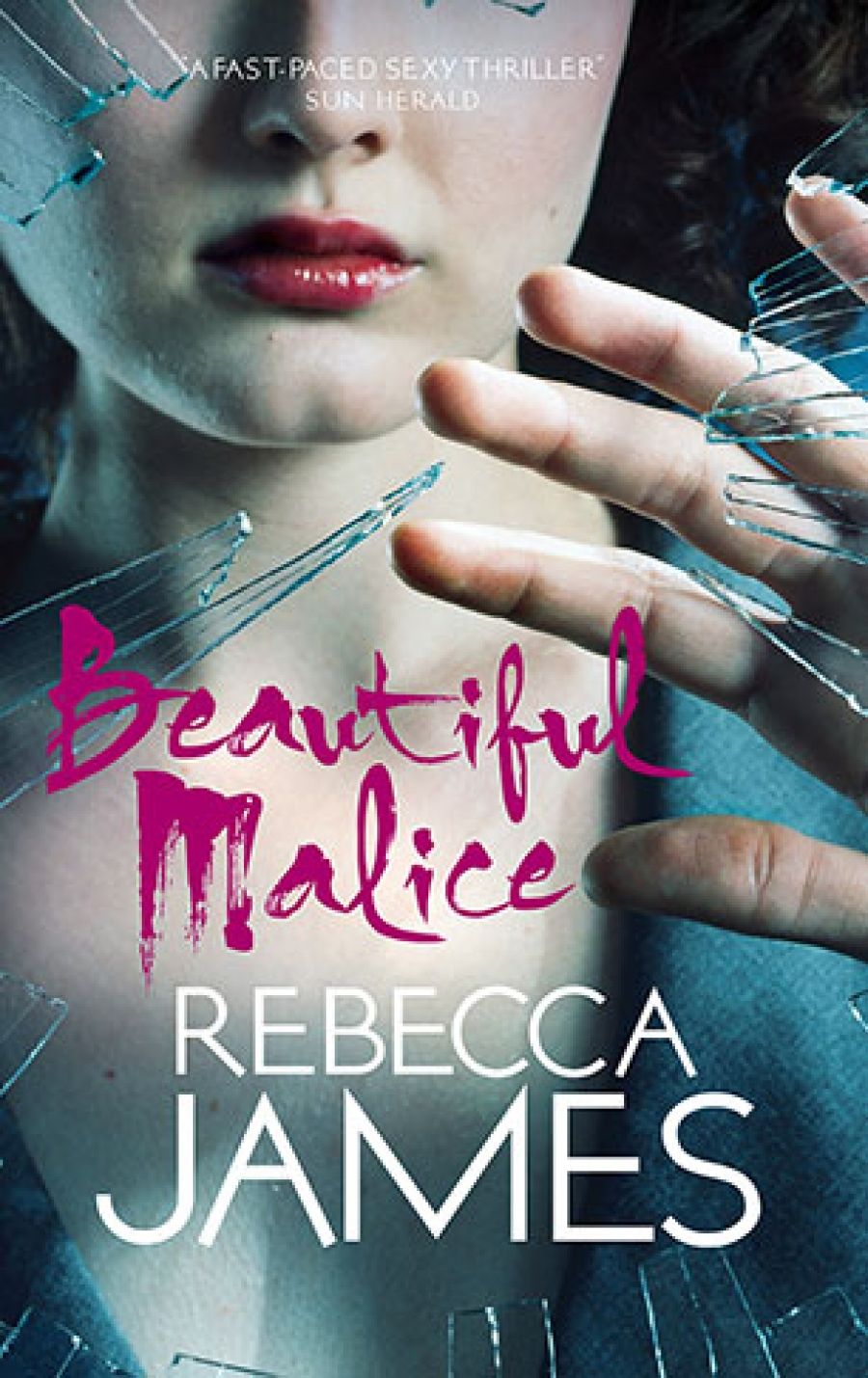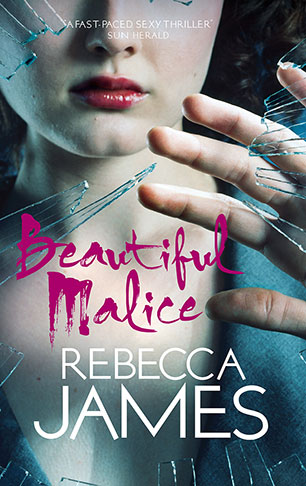
- Free Article: No
- Contents Category: Young Adult Fiction
- Review Article: Yes
- Article Title: Everyday tragedy
- Online Only: No
- Custom Highlight Text:
Our response to tragedy strangely mingles pain and pleasure,’ notes Terry Eagleton in Sweet Violence (2003). ‘The feelings being released are painful in themselves but the act of easing them is pleasurable.’ While reading Rebecca James’s Beautiful Malice, I was reminded of this passage, and of Eagleton’s suggestion that the ambivalent combination of fear, pity and relief in our reaction to works of tragedy is what makes them so enthralling.
- Book 1 Title: Beautiful Malice
- Book 1 Biblio: Allen & Unwin, $24.99 pb, 296 pp
- Book 1 Cover Small (400 x 600):

This narrative is, as James describes one of her characters, ‘innocent and beautiful and dangerous all at once’. Seventeen-year-old Katherine, who wants to live her ‘entire life as a shadow’, has left her family home in Melbourne to escape unwelcome media attention, and the haunting blend of guilt and grief she feels following the brutal murder of her younger sister, Rachel. Separated from her parents, who exist ‘only in degrees of pain’, Katherine boards with an aunt in Sydney while completing secondary school. She attempts to remain anonymous, changing her name and avoiding friendships lest her peers discover her true identity – until she meets the ‘beautiful, popular, impossible to miss’ Alice, a narcissistic seductress. Like a younger, female version of Maurice Conchis in John Fowles’s The Magus, Alice sees the world as a stage on which to play out a series of sadistic, diabolical games in which her friends and acquaintances became entranced and entrapped – with shocking consequences.
Despite frequent shifts between past and present tenses, Beautiful Malice focuses on the relationship between Alice and Katherine, with the introduction of minor characters, such as Robby, Alice’s hopelessly smitten love interest, and brother and sister, Philippa and Mick, who later become Katherine’s allies, providing more hopeful representations of friendship than that offered by the Alice–Katherine dyad. Overtones of homoerotic attraction between the girls heighten the tension. Their first meeting is described with the lexicon of a dawning love affair: Katherine feels ‘golden warm’ with the certainty that she is finally ‘fully understood’. Alice’s effect on her is like the champagne they share on their first meeting: ‘sweet and easy to drink … it rushed through my veins, making my lips tingle, my head feel light.’
Alice and Katherine’s liaison rapidly shifts to the inverse of the supportive sisterhood often depicted in fiction that takes adolescent female friendships as its topic. Alice progressively abuses her knowledge of Katherine’s past revealed during episodes of emotional intimacy, exposing painful secrets to wound Katherine when she is at her most vulnerable. Despite Rachel’s murderers being male, the novel refreshingly does not polarise men as perpetrators and women as victims. Robby and Mick are offered as loving, respectful, alternative male figures, while parallels are drawn between Alice’s sinister behaviour and that of Rachel’s attackers, rendering both mesmerising studies in psychopathy.
The subterranean depths of friendships, of familial and romantic relationships – and the darker side of these alliances that verge on jealousy, obsession and cruelty – are themes which James’s novel artfully interweaves. Characters’ multifaceted responses to grief and loss are explored in an acknowledgment that guilt and selfish emotions are sometimes concomitant with pathos. This refusal to sanitise the full spectrum of human response is another rousing aspect of James’s narrative. From the first page, on which we meet Katherine, ‘crazy and wild with grief’, not crying for her dead friend, Alice, ‘but because of her’, we are immediately presented with an intriguing, complex character, and a myriad of questions concerning what events have led to her present state. There is no doubt that we will keep turning pages to find out.
Despite the plot containing multiple tragic deaths and dramatic betrayals, James contextualises narrative events in a way that is not only gripping, but plausible. The power of her writing is in its everydayness. She favours a plain style, yet her dialogue is rich with colloquialisms that vividly evoke the voice of each character. Similarly, the natural progression of the murder scene, reminiscent of the 1997 Bega schoolgirl murders, is chilling precisely because it is so like the kind of inadvertently dangerous situation that adolescent girls can, and do, find themselves in.
Although, as Katherine comments, ‘the trouble with words is that no matter how much sense they make in theory, they can’t change what you feel inside’, it is James’s mastery of words that illuminates her characters’ feelings. Recollections of Rachel’s murder are told through sudden shifts from first to second person, evoking the physical ordeal in an immediate and terrifying way. Similarly, James’s movement between past and present increases suspense as the murder is recounted in lucid yet fragmented passages. This scene, like many, is engaging because it evokes a dual response of fear and relief – the vacillation between ‘This could be me’ to ‘Thank goodness this isn’t me’ – that is one of the pleasures and appeals of all tragedy.
In the lead-up to its publication, Beautiful Malice provoked a much-publicised international bidding war. For once, the anticipation seems warranted. The success of James’s book arises from its sophisticated presentation of cataclysmic themes, as well as its satisfying conclusion that is uplifting yet, in accordance with the rest of the narrative, more bitter than sweet. To return to Eagleton, we are fascinated by accounts of tragedy because they allow us to ‘revel in the steadfastness of the human spirit in the face of mind-wrenching calamity’.


Comments powered by CComment